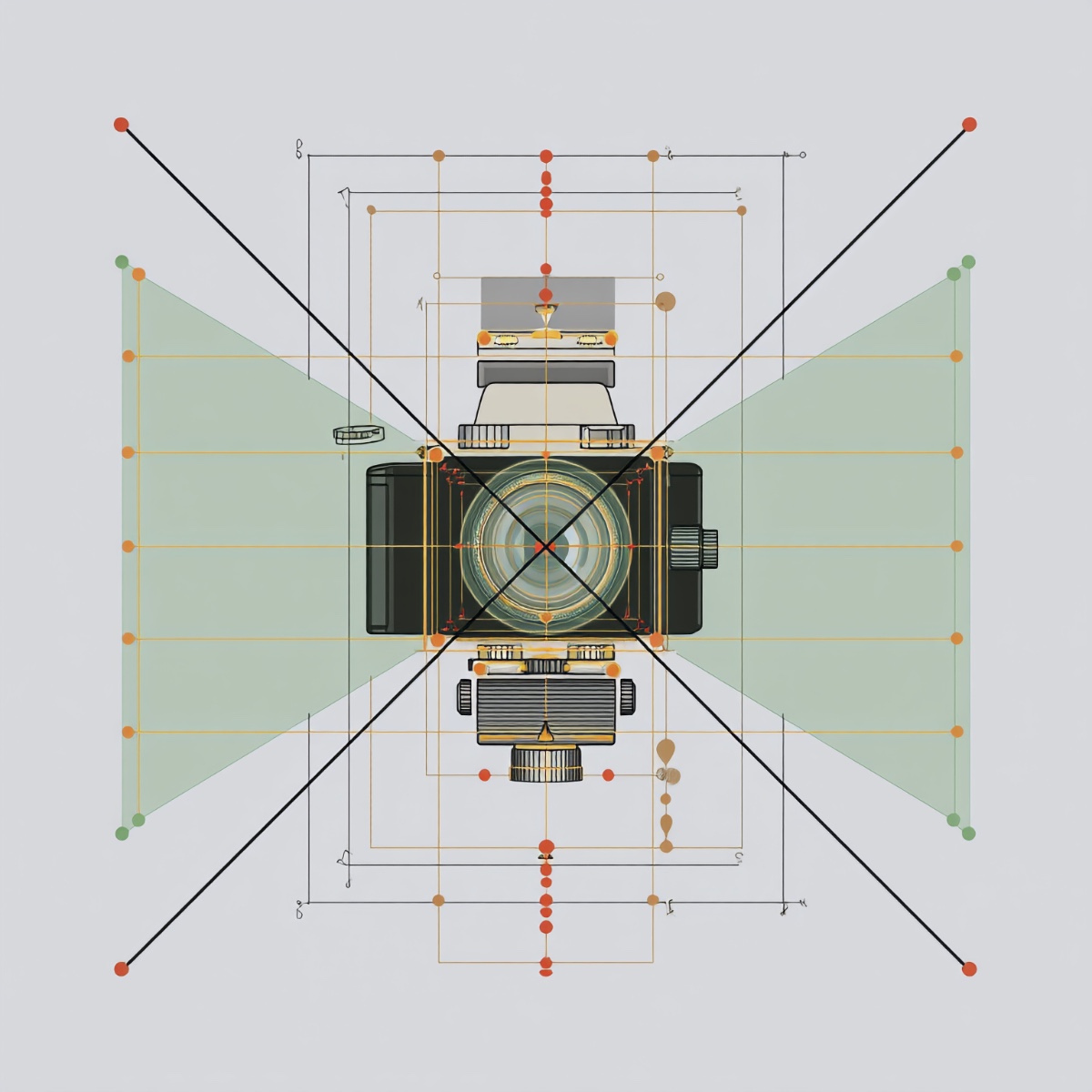Sensor Coverage Calculator
Calculate the exact sky coverage of your camera sensor at any focal length. Essential for astrophotography planning, object framing, and mosaic planning.
Camera & Lens Settings
Physical width of your camera sensor
Physical height of your camera sensor
Focal length of telescope or lens
Common Sensor Sizes
Sky Coverage Results
--
--
--
--
--
FOV Visualization
How Sensor Coverage is Calculated
The field of view depends on sensor dimensions and focal length:
Field of View Formula
FOV = 2 × arctan(sensor_dimension / (2 × focal_length))
- FOV = Field of view angle
- sensor_dimension = Physical sensor width or height
- focal_length = Lens/telescope focal length
Coverage Area Formula
Area = FOV_horizontal × FOV_vertical
Gives the total sky area covered by the sensor
Practical Applications
Object Framing
Check if large objects like the Andromeda Galaxy (3.2° × 1.0°) will fit in your frame.
Mosaic Planning
Calculate how many frames needed to cover large areas like the Veil Nebula complex.
Lens Selection
Choose the right focal length for your target's size and desired framing.
Common Object Sizes
| Object | Apparent Size | Type |
|---|---|---|
| Full Moon | 0.5° | Solar System |
| Andromeda Galaxy | 3.2° × 1.0° | Galaxy |
| Orion Nebula | 1.0° × 1.5° | Nebula |
| Pleiades | 2.0° | Star Cluster |
| North America Nebula | 2.0° × 1.5° | Nebula |
| Rosette Nebula | 1.3° | Nebula |
